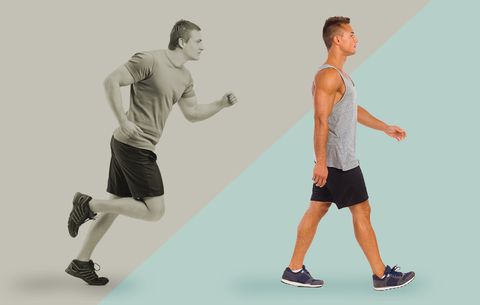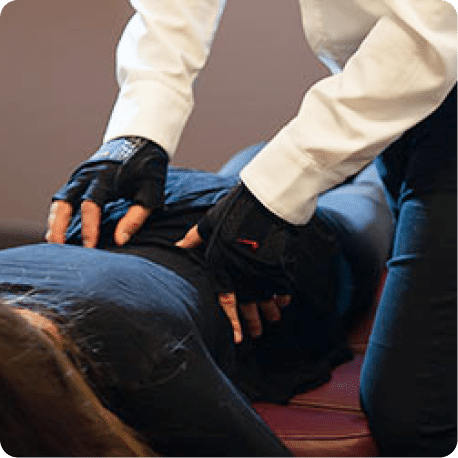Types of Stretching
Did you know there is more than one type of stretching? There are three main types of stretching that require a quick review: static, ballistic, and dynamic.
- Static Stretching
Static stretching is performed by placing a certain muscle or muscle group in a position where it can be extended for a certain amount of time. Muscles and tendons that are stiffer (like those in elderly bodies, athletes, or with chronic issues) may require more time in a lengthened position to affect deeper layers of tissue.
- Ballistic Stretching
Ballistic stretching uses the stretched muscles as a spring, which uses momentum to pull you out of the lengthened position. You may see this type of stretching in a faster-paced yoga class where the participants change positions quickly. This may decrease soreness and tone muscle to help joints fire faster to move limbs more quickly.
- Dynamic Stretching
In a dynamic stretch, the lengthened position is not held. The intention is to move your limbs to the end of their range of motion in order to warm up your muscles prior to a sporting event. This is typically done to mimic the movements done during the participant’s sport, like leg movements to imitate cycling or arm reaches similar to swimming.
Benefits of Stretching
- Improve your performance in physical activities.
- Decrease your risk of injuries.
- Help your joints move through their full range of motion.
- Enable your muscles to work most effectively.
What form of stretching is most effective for gaining range of motion?
Static stretching outperforms all other forms of stretching, if you are looking for long term changes in flexibility.
How long should I hold a stretch for?
Research shows that a 30-60 seconds stretch gives the same results as stretching for 1-2 minutes (or longer). This means we likely do not need to be stretching for longer than 60 seconds for any muscle group.
How often should I stretch?
Research has found that consistent stretching is very important. Stretching up to 6 days a week has shown to improve flexibility, with a total time spent stretching between 5-10 minutes a week as an effective dose.
Do you want to feel better? Do you have 5-10 minutes a week? STRETCH! Come meet with our Physical Therapist, Dr. Shawn Fife, to find out what stretches are best for you, your initial consult is always free.





